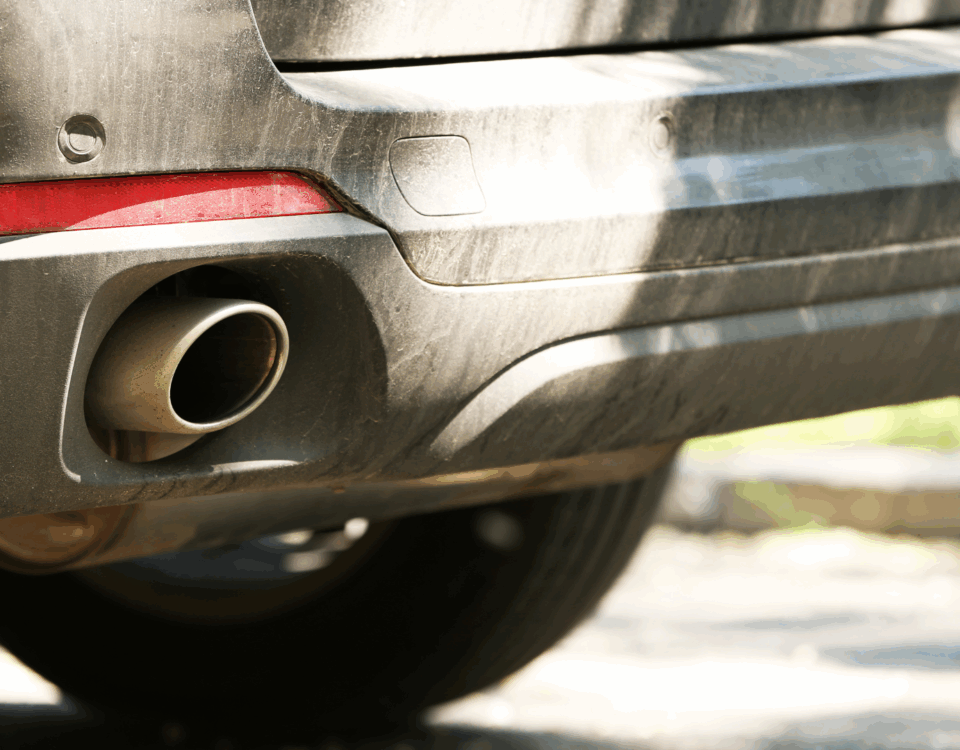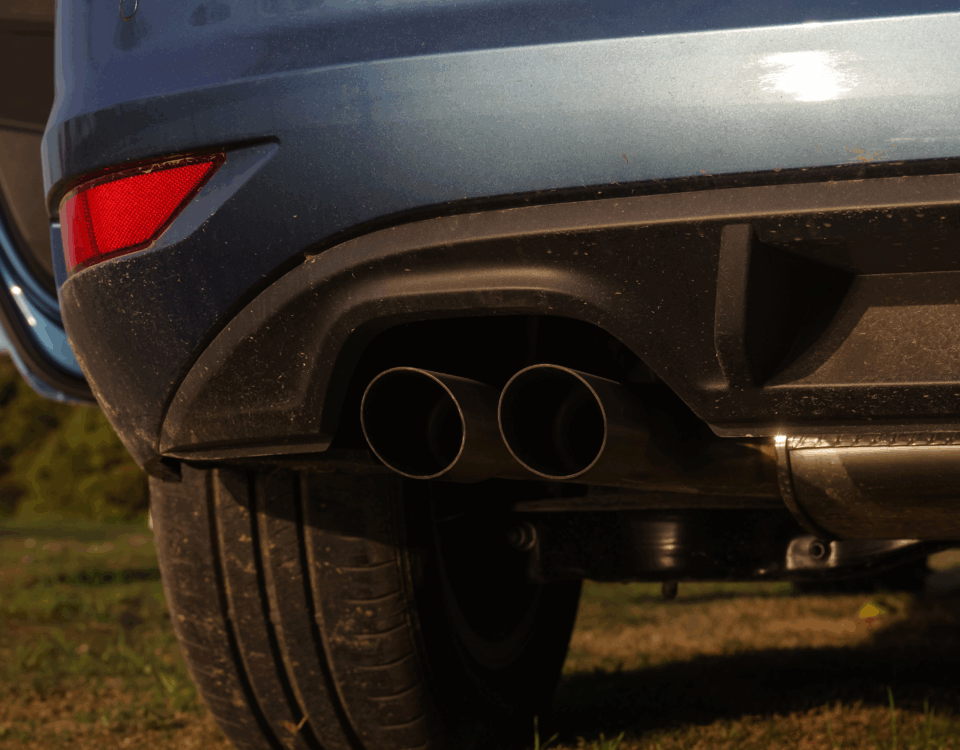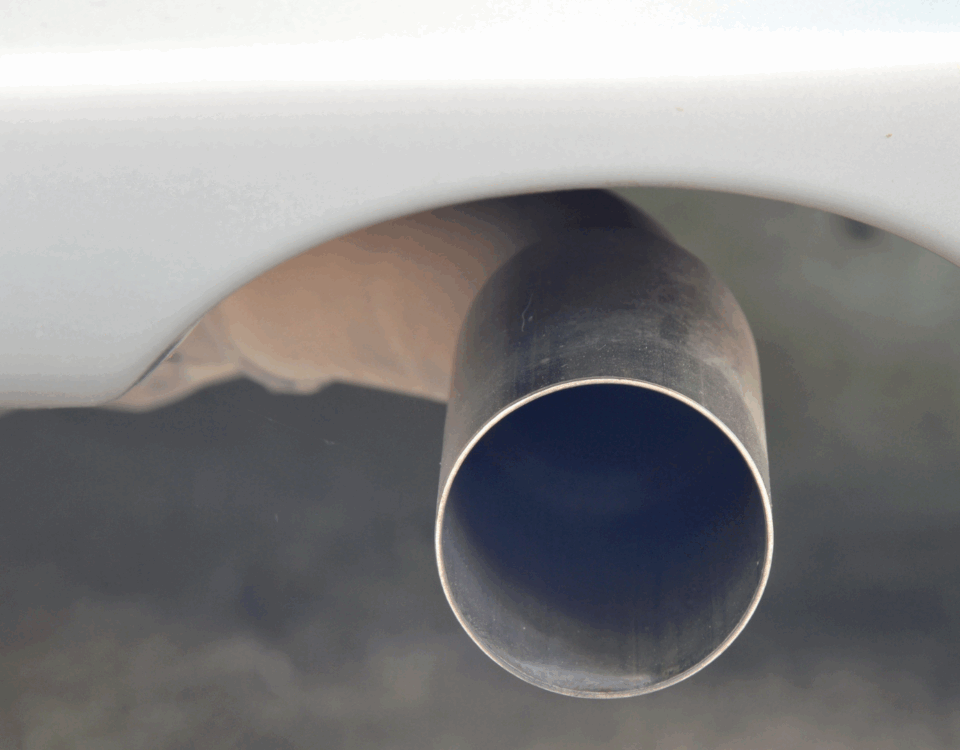Understanding How a Smog Check Works for Hybrid Vehicles
February 7, 2025Understanding the Smog Check Process for Hybrid Vehicles
February 7, 2025Hybrid cars have become popular for their fuel efficiency and lower emissions, but many drivers are unsure how they perform in a smog check. A standard smog check evaluates a vehicle’s emissions to ensure compliance with state regulations, typically through tailpipe tests and onboard diagnostics. However, hybrid vehicles operate differently from traditional gasoline-powered cars. Many hybrids use electric motors at low speeds, reducing or even eliminating emissions during those phases. Some states have modified their smog check requirements to accommodate the unique characteristics of hybrid vehicles, making it essential for owners to stay informed.
Why Hybrid Cars May Have an Advantage in a Smog Check
One of the main advantages of hybrid cars in a smog check is their ability to produce fewer emissions than conventional gasoline engines. Because hybrids rely on electric power at lower speeds and during idling, they contribute less pollution overall. Additionally, many hybrids use advanced catalytic converters and improved fuel efficiency systems, which further minimize their environmental impact. However, despite their low emissions, hybrids are still subject to smog check requirements in certain states, especially as they age. The battery and combustion engine must function optimally to pass the test, meaning routine maintenance is crucial.
Common Smog Check Issues for Hybrid Cars
While hybrid vehicles generally perform well in a smog check, there are a few challenges that owners should be aware of. One common issue is the vehicle’s inability to complete an emissions test if the engine does not run long enough during diagnostics. Since hybrid cars frequently switch between electric and gasoline modes, a smog check may require extended testing or specialized procedures. Additionally, aging hybrid batteries and malfunctioning sensors can trigger check engine lights, which could lead to a failed test. Ensuring that the onboard diagnostics system is functioning correctly before an inspection can help avoid unexpected failures.
The Role of Onboard Diagnostics in a Smog Check for Hybrid Vehicles
For hybrid cars, the smog check process often relies heavily on the onboard diagnostics (OBD) system. Modern hybrids use sophisticated sensors to monitor emissions and engine performance, which means any detected issues could result in a failed test. Unlike older vehicles that require direct tailpipe emissions measurements, many hybrid smog checks primarily involve scanning the OBD for fault codes. This makes it essential to clear any stored error messages before the inspection. If the vehicle has had recent repairs, owners should drive it for a few days before the smog check to allow the system to reset and show accurate readings.
Keeping a Hybrid Car Ready for a Successful Smog Check
To ensure a hybrid vehicle passes a smog check, regular maintenance is essential. Keeping up with oil changes, replacing air filters, and servicing the battery system can help maintain low emissions and improve performance. Additionally, drivers should periodically inspect the OBD system for error codes and address any warning lights before taking the car for a test. Hybrid car owners should also check their state’s regulations, as smog check requirements vary. Some areas exempt newer hybrids from testing for several years, while others mandate periodic inspections regardless of age. Staying informed and proactive about maintenance can help hybrid owners pass their smog check without complications.
Read More:





